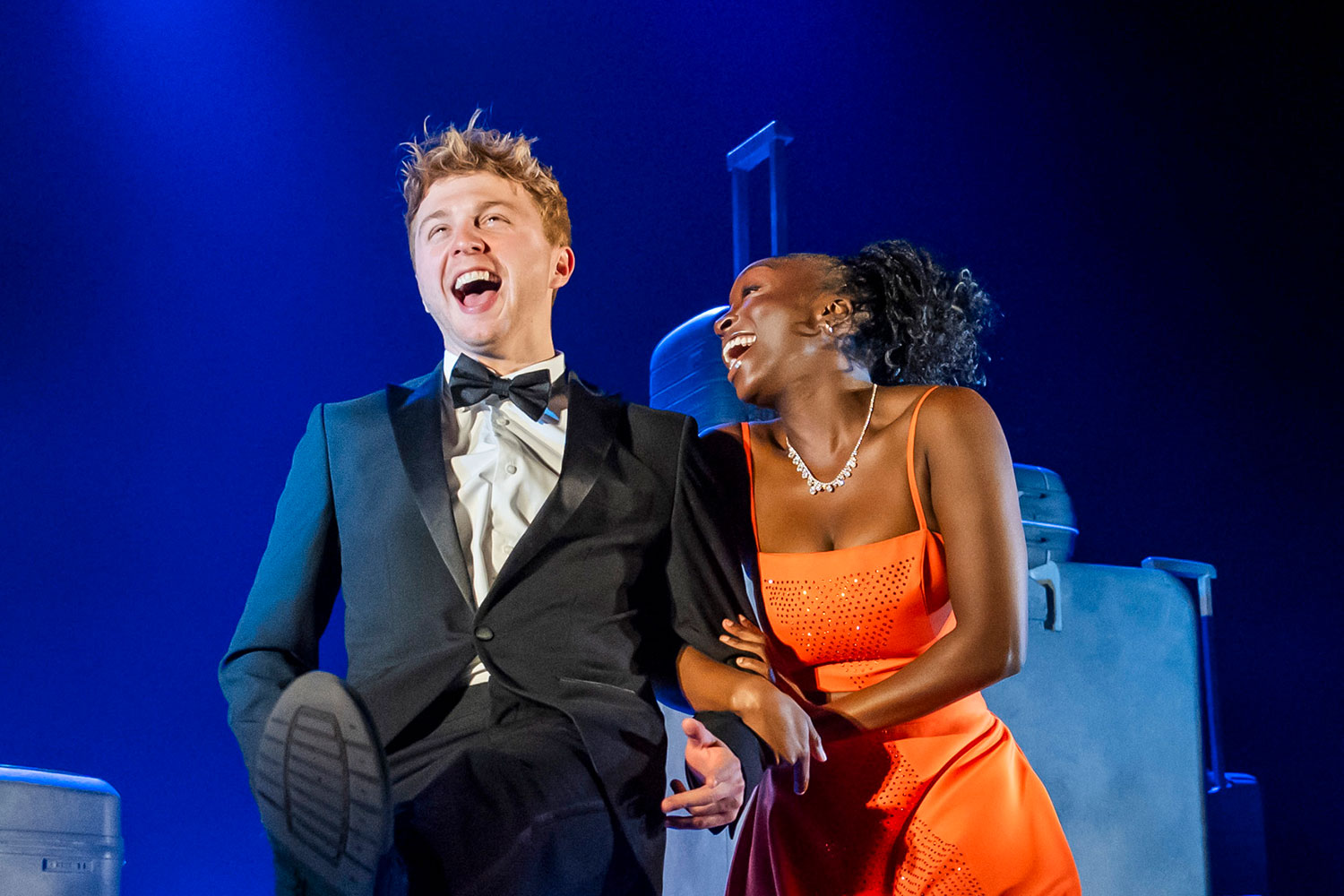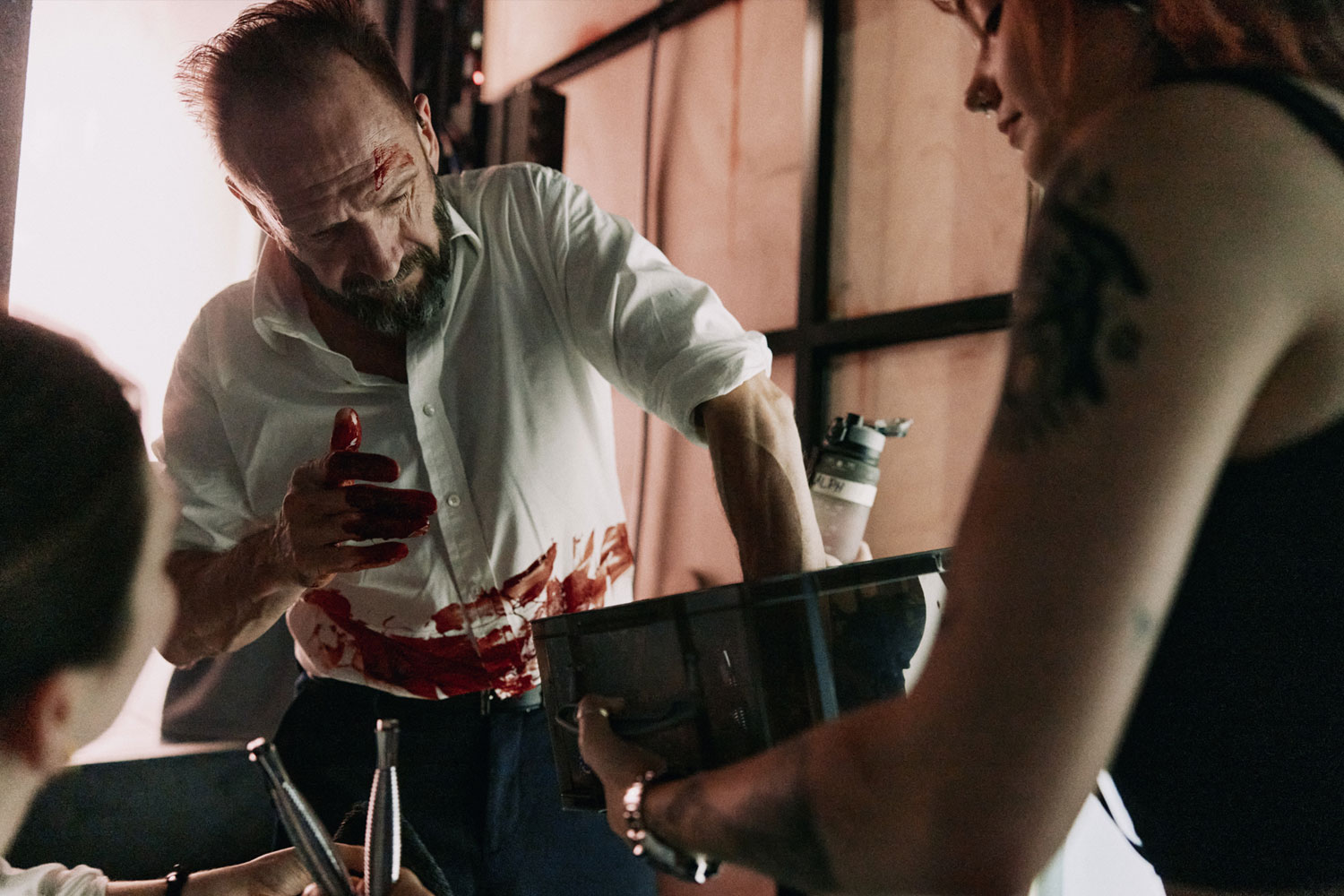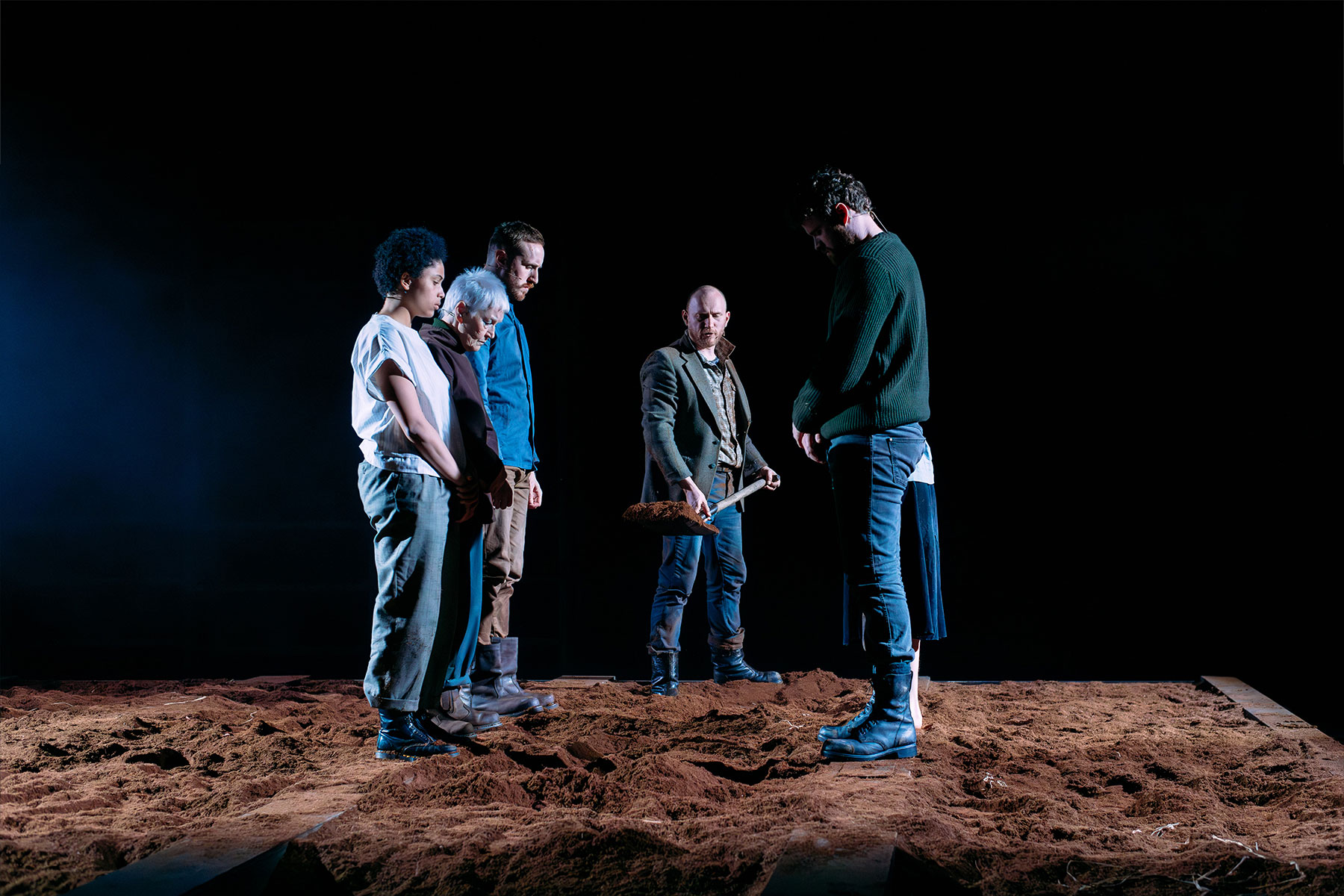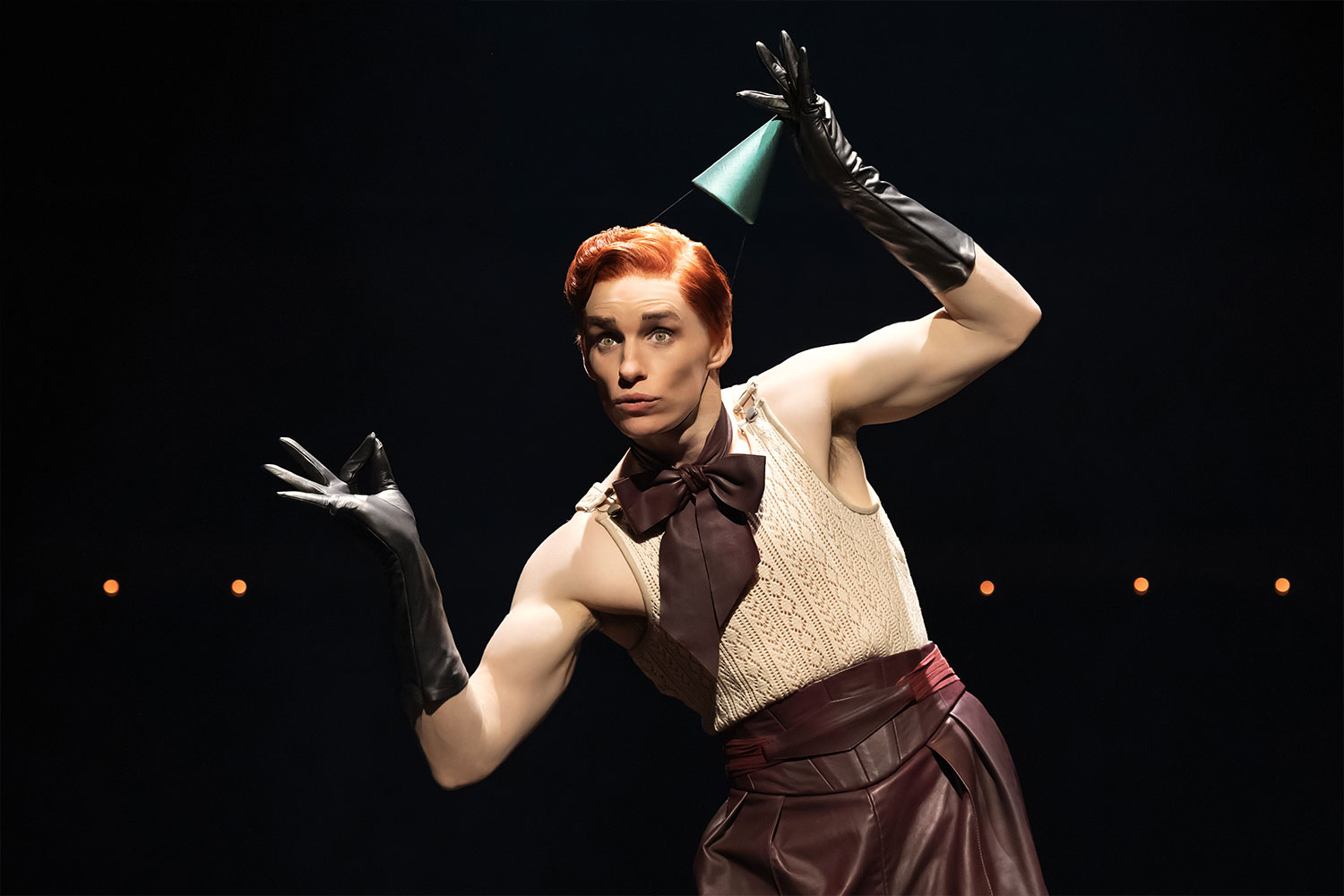Il trittico
The first two parts of Puccini’s
Il trittico have finally caught up with the four year old Gianni
Schicchi, getting the Royal Opera’s new season off to a cracking
start. There was a fair amount that
could have gone wrong with this project but director Richard Jones, and a
sterling team of designers (different for each opera), steers through the
pitfalls with characteristic brilliance.
all-out assault on the verismo tradition, with a
Cav and Pag at ENO that, no matter how
audaciously done, got in the way of the works and stunted the dramatic effect. Now, with Il tabarro, the
dark opening piece of Il trittico, he takes a step back,
allowing the opera to speak for itself.
For some, he may be a bit too hands-off as far as the principals are
concerned. He doesn’t allow them to do
much but stand and deliver and there’s a slight awkwardness to Eva-Maria
Westbroek’s Giorgetta and Lucio Gallo’s Michele.
Meanwhile, the background teems
with life and detail. There’s a real
sense of toil, with the sweaty, backbreaking labour of the workmen and an industrious
sweatshop of women at sewing machines, glimpsed through the windows of the wharfside
buildings. The murky path running
alongside the Seine, as the grim story of betrayal, jealousy and thwarted love
is played out, is peopled by a stream of passersby: shuffling old men, drunkards,
lusty sailors and whores going about their business. Alan Oke’s seedy Tinca is another
finely-observed characterization from this splendid singer and Alexandrs
Antonenko makes a macho, desperate lover of the doomed Luigi. Designer Ultz’s Paris barge is a wonder to
behold.
The middle panel, Suor
Angelica is where things could have gone very wrong. In an attempt to avoid the schmaltzy
melodrama, Jones could have gone up any number of blind alleys but he and his
collaborators get it spot-on. He manages
to de-sentimentalise the piece, while drawing out the inherent dramatic
strengths. He doesn’t do anything too
radical, setting it in the children’s ward of a convent hospital, rather than
the usual cloisters (designer Miriam Buether).
It means there are plenty of boys at hand, so when Angelica sees the
vision of her dead son, it’s a real, flesh-and-blood child she sees through a
drug-induced haze. The middle section of the opera is the most striking, as a
shallow, windowed wall (familiar to Richard Jones fans) drops in and the
meeting between Angelica and her aunt is played out on a narrow strip at the
front of the stage. Things turn almost expressionistic,
Anna Larsson’s stern princess sliding along the wall, apparently in fear of the
young nun, and Angelica (Ermonela Jaho) clutching at the walls, as she hears of
her son’s death. Jaho, a late
replacement for Anja Harteros, is a little powerhouse and what follows is
heart-wrenching, making Suor Angelica the highlight of an already fine evening.
Audiences at the Royal Opera House
are familiar with Jones’s take on Gianni Schicchi, now on
its second revival and slotting perfectly into the right-hand panel of the
triptych. It’s an opera that always
leaves one wishing Puccini had done more comedy, so deft is his touch, and it’s
mined here for full comic potential.
Jones gives us a 1950s Italian family of grotesques, scrabbling for
their inheritance and duped by the wily antics of the handyman. Lucio Gallo returns in a vastly contrasting
role to his first appearance of the evening and he’s just one of an array of
finely-drawn characters in a pitch-perfect display of comedy timing. At the second performance of the run,
Ekaterina Siurina was indisposed and Anna Devin, one of the house’s Jette
Parker Young Artists, had a chance to shine as a sweet-voiced and attractive
Lauretta.
Unlike London buses, it’s unusual
for three Puccinis to come along at once.
It’s the first time that Covent Garden has performed them together in 45
years and the cumulative effect leaves you hoping they’ll never be separated
again. Antonio Pappano draws a rich, gorgeous performance from the Royal Opera
Orchestra all evening. It’s a luxurious wallow and a real return to form for
the company.
– Simon Thomas










